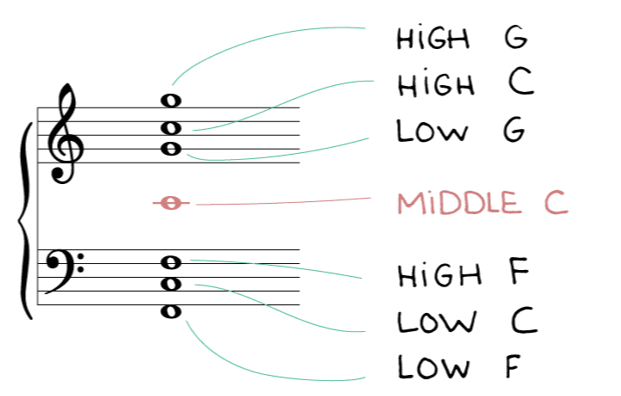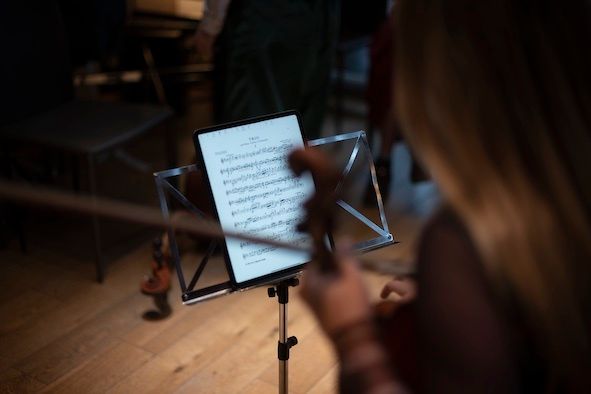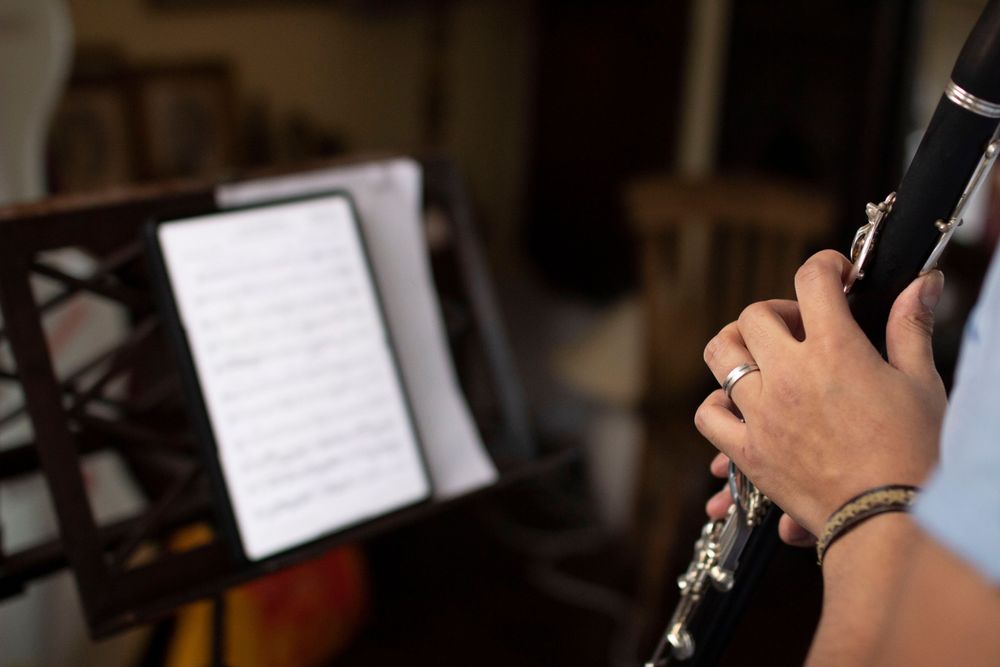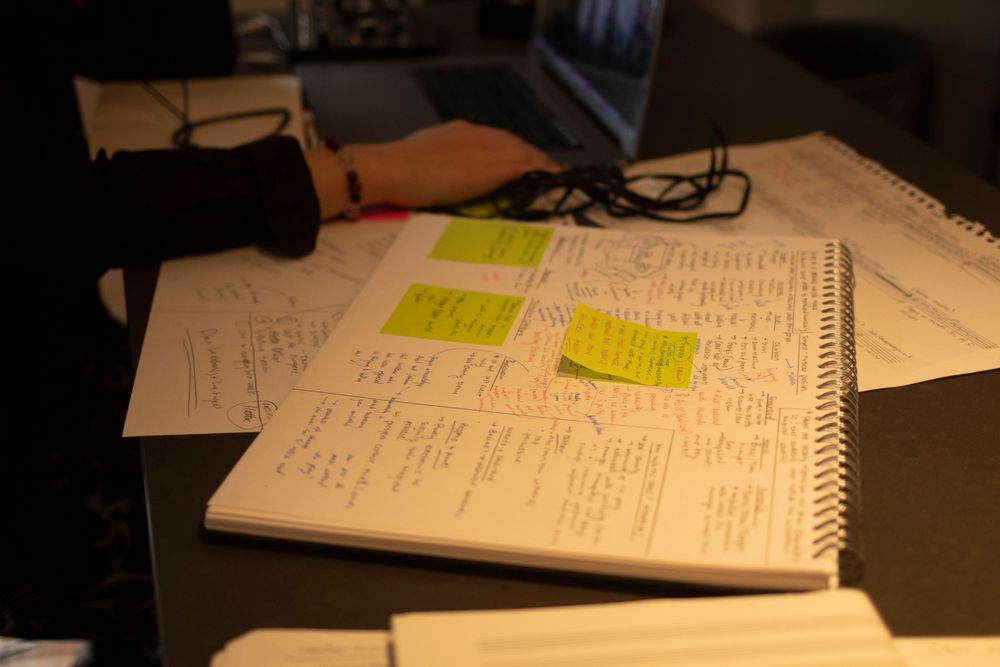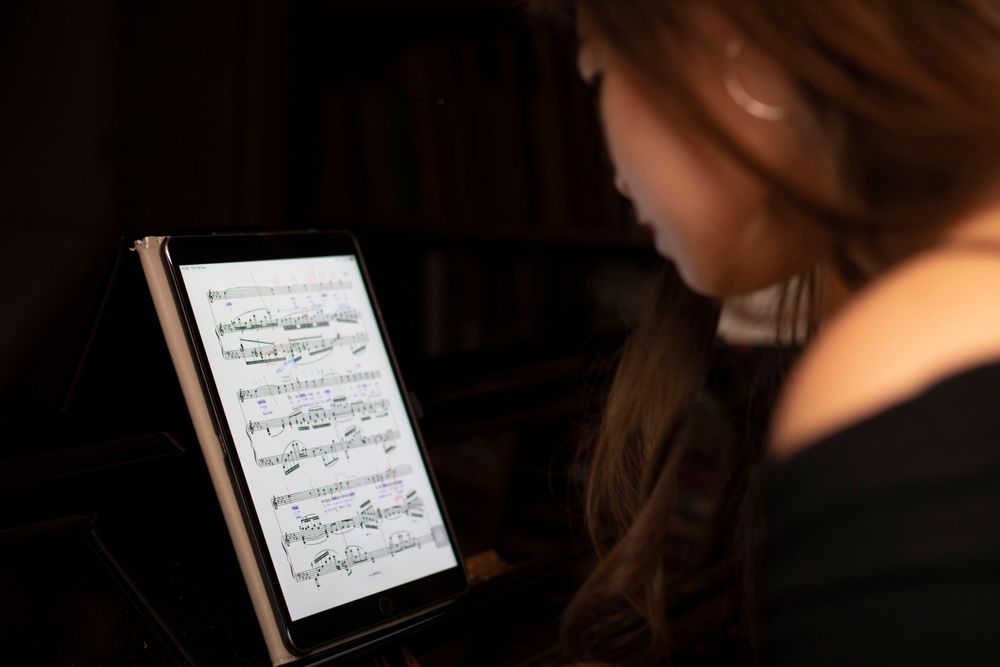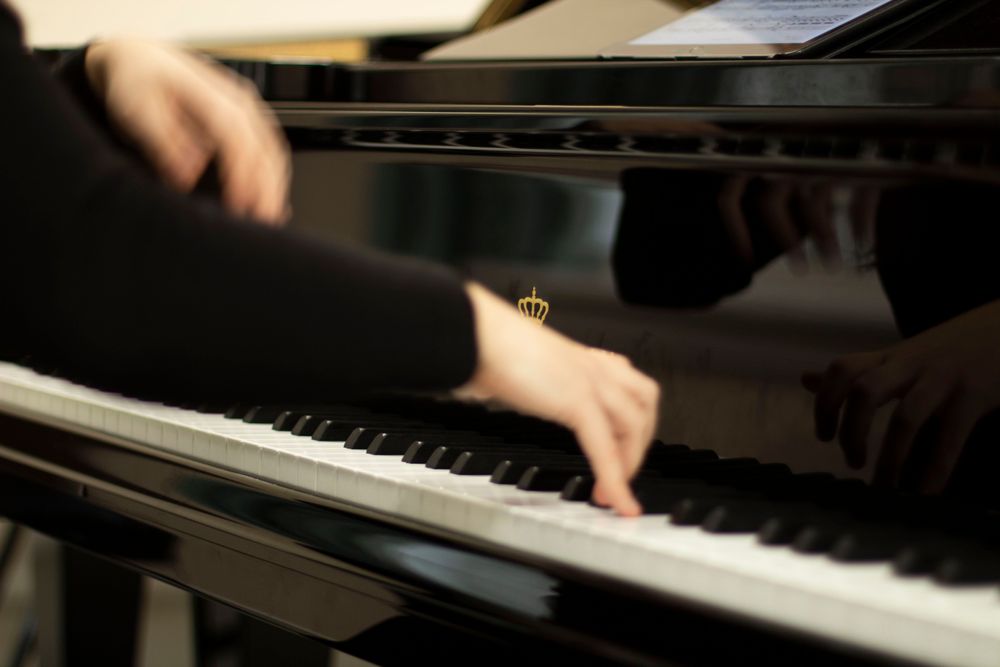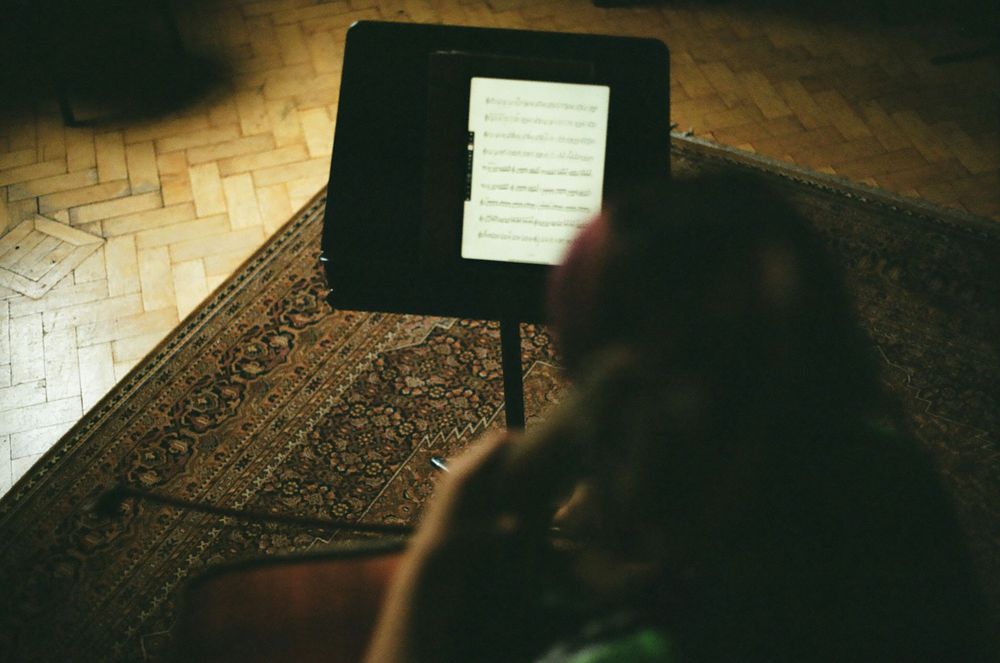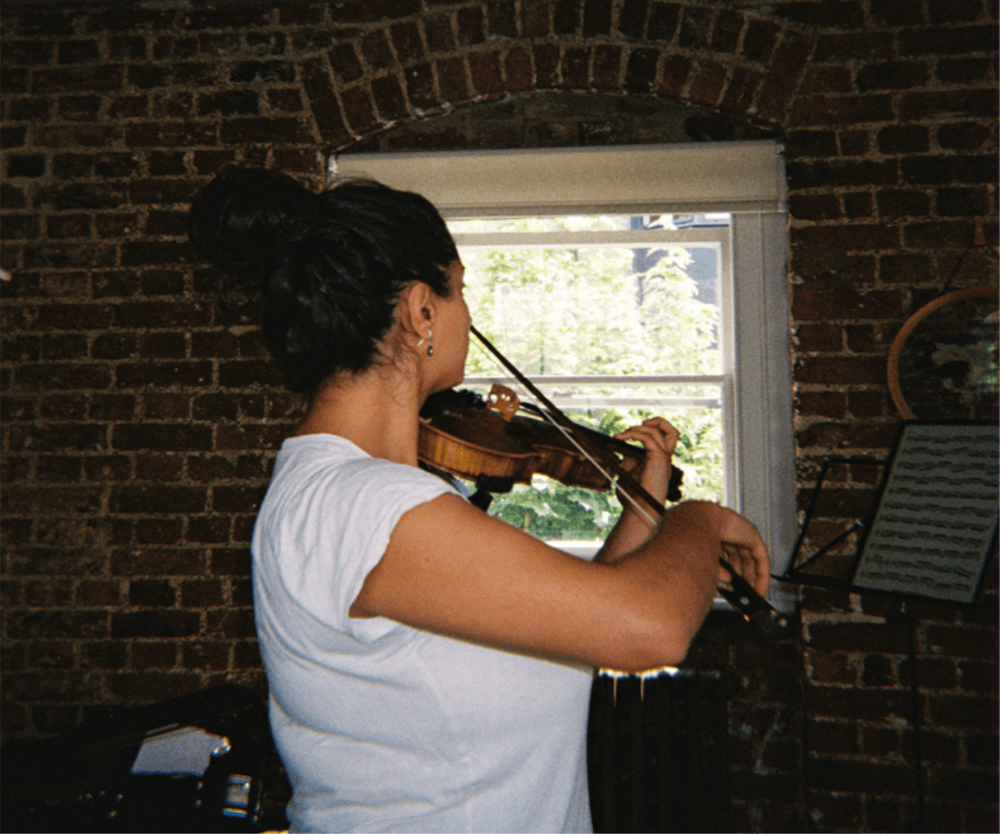There are a number of reasons why you might want to be more efficient at reading sheet music. You could be taking on a lot of analysis, or just trying to read a work’s score while you listen to its recording.
It’s likely that you’ve ended up here because you’re looking to develop your sight-reading ability. It’s a valuable skill that many musicians need to perfect, but it isn’t necessarily that clear or obvious how you get better at it.
This article takes a look at the craft of reading sheet music quickly and effectively, which is the foundation of good sight reading. Soon you’ll be able to read through a whole opera in the blink of an eye.
Reading sheet music
Sheet music basically presents information - written, notated music that indicates what should be played by performers. Interpreting these instructions is a skill that has to be learned and can be streamlined.
Whatever the reason you have for wanting to improve your capacity to process sheet music, if you follow the cheat sheet below you’ll glean what sheet music is saying far more efficiently.
This guide assumes that you’ve learned how to read music. If you’re really new to this, you’re best off reading this guide to reading piano sheet music. Although that article focuses on piano music, it still covers all the basics of music notation in an accessible way.
What is sight reading in music?
Moving on to sight-reading, the term refers specifically to reading and playing a piece of music at first sight. This means it takes playing into account, so the process involves first interpreting sheet music, before converting it immediately into performance.
If you haven’t sight-read before, that might sound a lot, but it’s not all bad. Like most things, it just takes a bit of practice. It’s a really important skill that needs to be utilised often by practicing musicians in all sorts of situations. Orchestral and chamber players need to master it, as do jazz-band musicians and choral accompanists.
Sight-reading even forms part of many music-performance examinations. Examinees are tested on their ability to perform a piece of music well that they saw for the first time just moments before.
In order to master sight-reading, you’ll need to be adept at reading sheet music. So we’re going to help you read sheet music more quickly and effectively, before offering tips on how to make that the foundation of good sight-reading.
How to read sheet music faster
This is the thing to focus on first. Not only is it a skill in itself, it also forms the first step to becoming proficient in sight-reading. We’ve outlined five steps to take that’ll help improve your ability to read sheet music, fast.
Step 1: Memorise clefs and keys
It sounds obvious - clefs and key signatures are some of the first things that you learn when reading sheet music. But if you were to put learned musicians on the spot, you’d be surprised at how many take a few moments to figure out which keys have six flats, or where an F appears in the alto clef.
It’s worth taking the time to really commit clefs and key signatures to memory. And not just treble clef and bass clef, but alto too - there are loads of mnemonics out there that make it really easy. Once you do, you’ll be able to look at a note and immediately recognise the pitch it indicates.
Step 2: Make use of landmarks
A great way to take in a note’s position and the pitch it indicates, is to practice the ‘landmark system’. It involves detecting notes and reading chord figures by quickly perceiving their position relative to certain fixed pitches, like middle C.
This basically means that instead of individually processing the position of every single notehead, you can more quickly scan the stave and figure out the notes based on spacing and intervals. Fix some landmark pitches to the stave, memorise where they are, and let them guide you more quickly to the notes positioned around them. Below you can see the standard landmark pitches used in piano sheet music.
